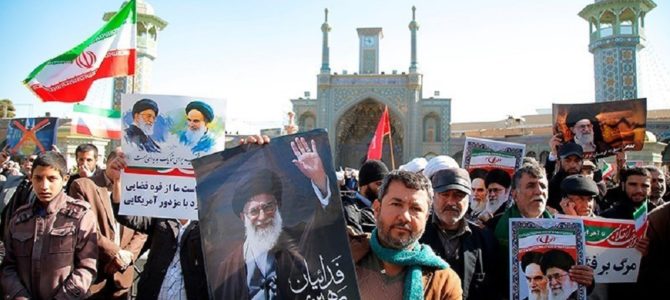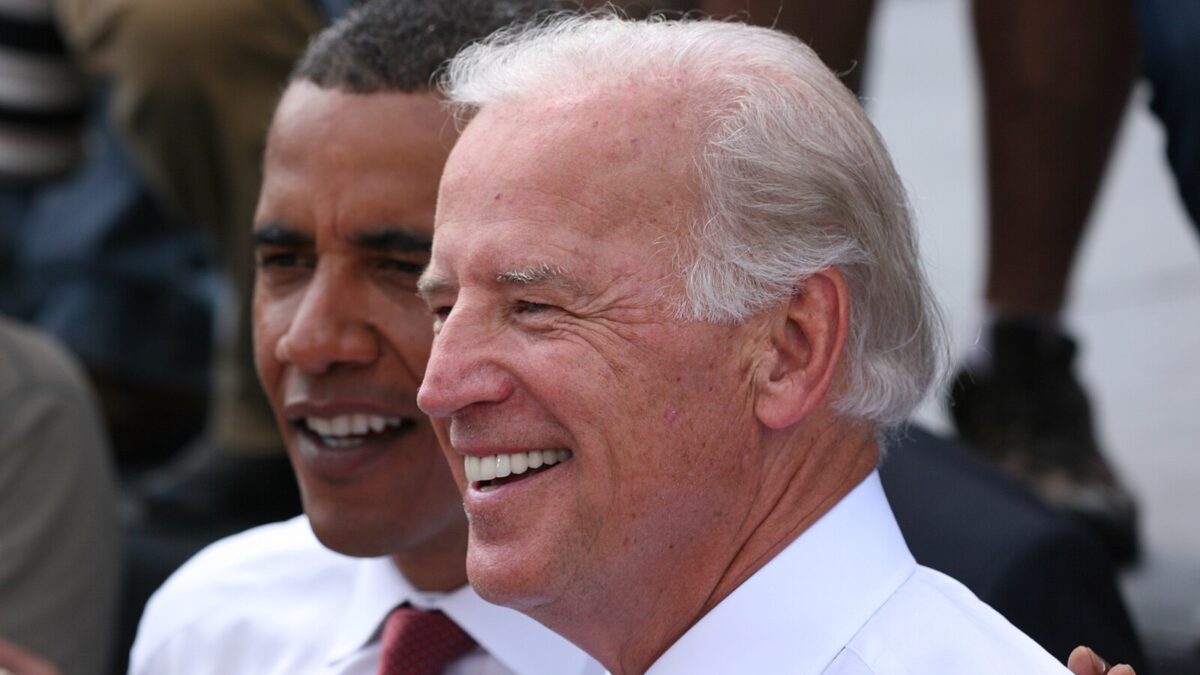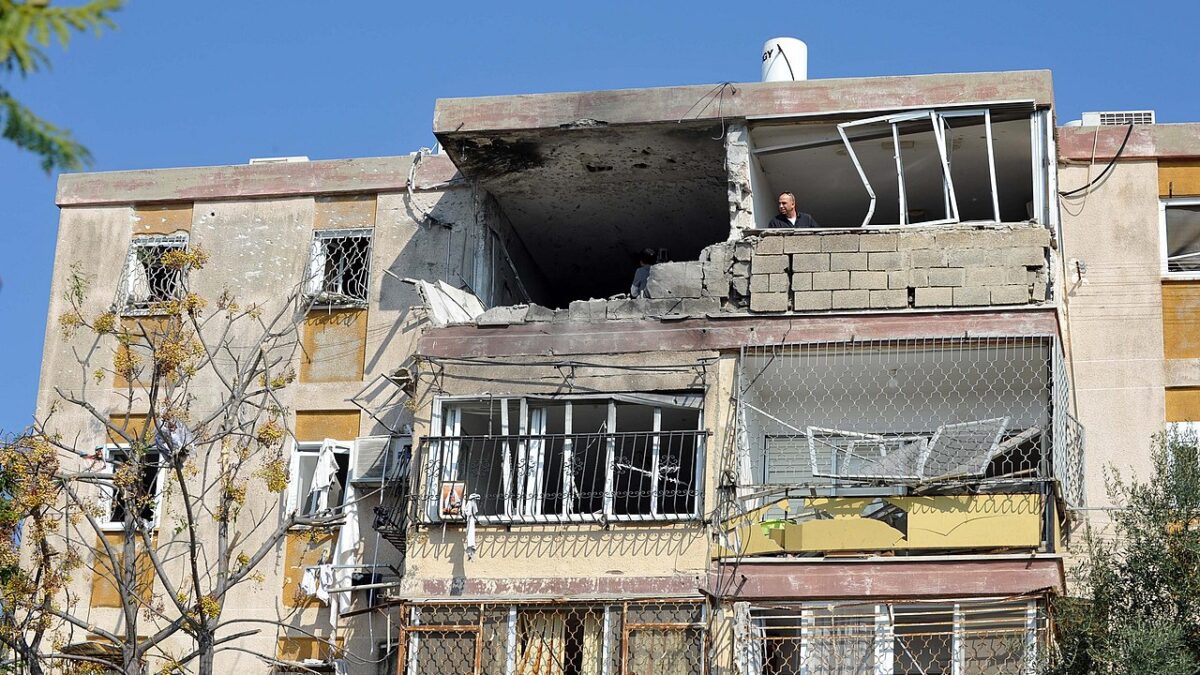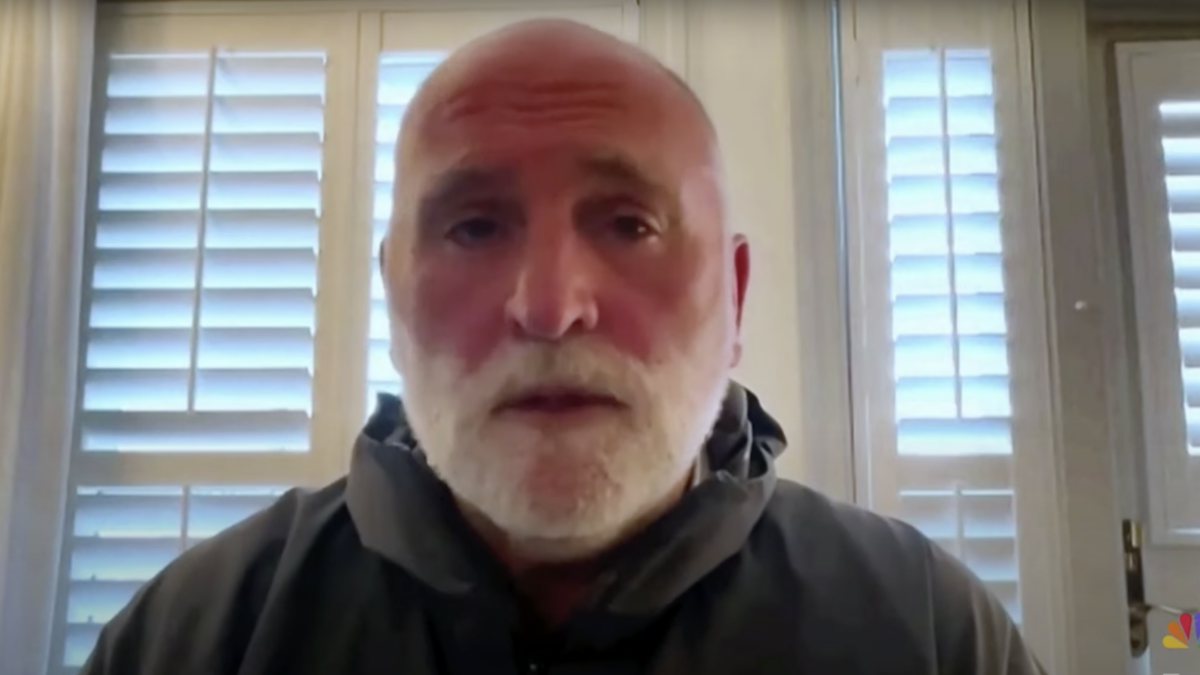President Trump acknowledged this week that he would “certainly meet” with Iranian President Hassan Rouhani, with “no preconditions.” If they were to meet today, Rouhani would be doing so from a position of tremendous weakness.
Over the last several months, anti-regime demonstrations have rocked Iran, keeping the Islamic Republic off balance as it fends off internal challenges to its legitimacy. Conditions have reached a crisis point: the value of the national currency has plummeted, and Iranians suffer hours of daily blackouts and water shortages in dozens of major cities.
There were mass protests and violence in nearly 100 cities to protest the scarcity of food and jobs, rampant corruption, inflation, and the Islamic Republic’s costly foreign adventurism abroad. Chants like, “Get out of Lebanon, Get out of Iraq, Death to Palestine, Bring Our Money Home,” appear in countless amateur videos, excitedly spread online by Iranian dissidents. And the world thrilled to the sight of thousands of women and girls removing their hijabs in protest of the religious police’s control of women’s bodies through their apparel.
Once again, Iran is at a turning point. Nearly four decades after the revolution that brought the mullahs to power, social media allows Iranians to partake in global communication—and that experience has changed them tremendously. Iranians are more urbane, literate and secular than any other large majority-Muslim country population; only 3 percent of Iranians attend mosque weekly. Iran is second in the world in conversion rates to Christianity, as reported by churches and missionaries—behind only China, which has a population 16 times greater.
There is a massive, powerful and receptive audience in Iran, hungry for communication and encouragement from the United States. For too long, though, the official outlets of American public diplomacy have contextualized or sympathized with what millions of young people see as the unrepresentative and morally illegitimate dictatorship in Tehran. This needs to end.
Because the Islamic Republic maintains a closed society, traditional public diplomacy needs to be updated for the social media age, leveraging the robust, ongoing conversations on Iranians’ existing social media networks. Official or semi-official communications can inject positive questions, ideas, and further the conversations about freedom, women’s rights, and the rule of law.
Even as Twitter and Facebook are banned inside Iran, other social platforms—most notably Instagram and Telegram—feature hotbeds of pro-democracy, anti-regime conversation. Many of these outposts of dissent are organized by activists in the Iranian diaspora, but there are home-grown networks as well.
Paris-based Amad News exposes corruption of the Iranian regime; the opposition group National Iranian Congress promotes a new draft constitution; Upozit breaks down regime propaganda with cutting satire; Iraq-based Ava Today News highlights the plight of minority groups inside Iran; and many other news organizations or activist networks push for reform of one type or another. Inside Iran, the satirical Instagram account Afshoon mercilessly lampoons the clerics; My Stealthy Freedom campaigns against the compulsory hijab; and Sooriland uses cartoons to promote freedom and democratic norms. This is a massive potential audience for American public diplomacy.
It’s crucial to remember that even though we may share much in common, Iranian opponents of the theocratic regime may not always agree with us on foreign policy. Indeed, the intensity of the partisan divide in the United States makes it difficult to cross political aisles even here at home. Nevertheless, we can use our converging interests to mutual advantage.
While these Iranian democracy activists represent a diverse range of opinion about both the United States and its current president, they are still opponents of the theocratic regime in Tehran. Thirty-nine years after the birth of the theocratic Shi’a regime, the president reached out to the people of Iran, telling them: “The future of Iran belongs to its people. They are the rightful heirs to a rich culture and an ancient land. And they deserve a nation that does justice to their dreams, honor to their history, and glory to God.”
Young democracy activists need to hear this message on their own channels. U.S. government information, analysis, and policy branches need native Farsi speakers reading these and other social media daily, giving feedback and recommendations to policymakers.
Whether or not the opposition is in the streets doing battle with the regime, it is always online. Through a massive network of existing social media networks, we can reach this crucial group of activists both inside Iran and in diaspora communities around the world.









